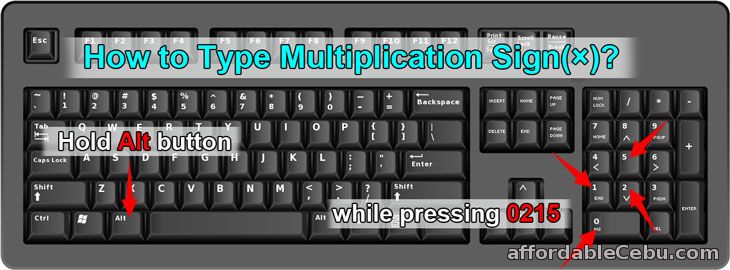A ready-for- Retina-screens ribbon makes Excel 2016 for Mac feel more like the Windows version, while retaining a Mac distinctiveness. This comes at the price of the traditional formatting/standard. Since the release of Excel 2016 for Mac, customers have given great feedback about its ease of use and the benefits of the new features. We want to highlight the Excel 2016 for Mac features that customers rave about and share some tips and tricks that could save you a ton of time using the most powerful spreadsheet and data analysis tool on the Mac platform. Excel shortcuts on the Mac are quite capable, you just have be aware of 5 key differences. If you're used to working with Excel on Windows, one of the most confusing aspects of using Excel on a Mac is shortcuts. Microsoft remote desktop ctrl alt del mac. Even basic shortcuts you've been using for years in Windows may not work as. Excel for Mac does not support PowerPivot and Pivot Charts. Any pivot table having source data based on the Excel Data Model will be unfilterable if the spreadsheet is opened by a MAC user. Pivot Charts are not interactive on Mac and don’t change simultaneously with their source Pivot Table. Instead, they remain static screenshot-like graphs.
You expect Excel for Mac 2011 to open Excel files, of course, but the program can do more than that. You can actually open, work on, and save a file in several formats. Print window mac. Choose File→Save As and then click Format to open the pop-up menu. Excel can open and save in the formats listed in this Format pop-up menu.
You have several options for file formats besides Excel’s default (.xlsx) format:

Excel Template (.xltx): Saves the workbook as a template, which you can open in the My Templates section of the Excel Workbook Gallery. You can also open templates by choosing File→Open and selecting Excel Templates from the Enable pop-up menu. This format does not have macros and is another open XML format.
Excel Macro-Enabled Workbook (.xlsm): Workbooks in this XML format contain Visual Basic for Applications (VBA) programming language code, or Excel 4.0 macro code. When opening this format file, Excel displays a prompt asking whether you want to remove the macros contained in the file. The default is Disable Macros. You must instead click Enable Macros if you want macros to run.
Excel Macro-Enabled Template (.xltm): The same as .xlsm, except this is a template. The macro warning dialog displays when you open a workbook in this format, and you must click Enable Macros if you want macros to run.
Excel Add-In (.xlam): Saves a macro-enabled workbook as an Excel add-in.
Excel Binary Workbook (.xlsb): This is the most compact file format, and is recommended for large files. This format doesn’t conform to open source standards.
Comma Separated Values (.csv): Saves a worksheet data table as text separated by commas. This format is text only. All other content is discarded.
Web Page (.htm): Save the workbook in a format that Web browsers understand and can display. Excel creates a file in HTML format, along with a supporting folder. Upload both the file and folder to a Web server if you want to share your workbook via the Internet.
Excel can open and save Web pages in HTML (HyperText Markup Language) format and do great things with Web tables and data from the Web, but don’t uninstall your HTML (Web page) code editor. Excel can’t replace that.
